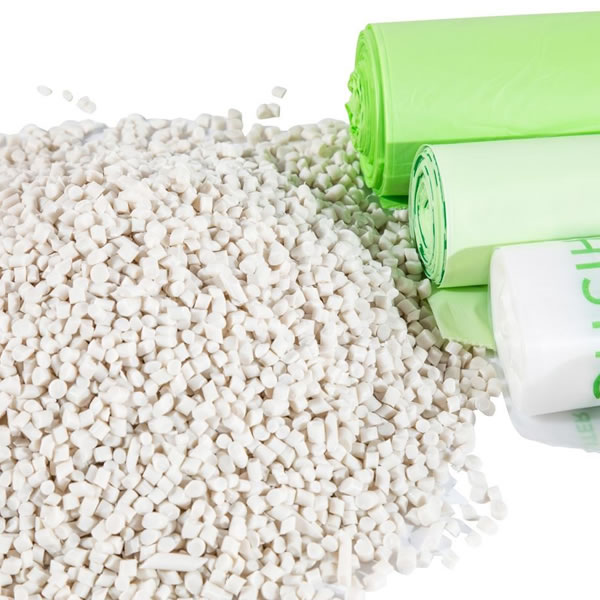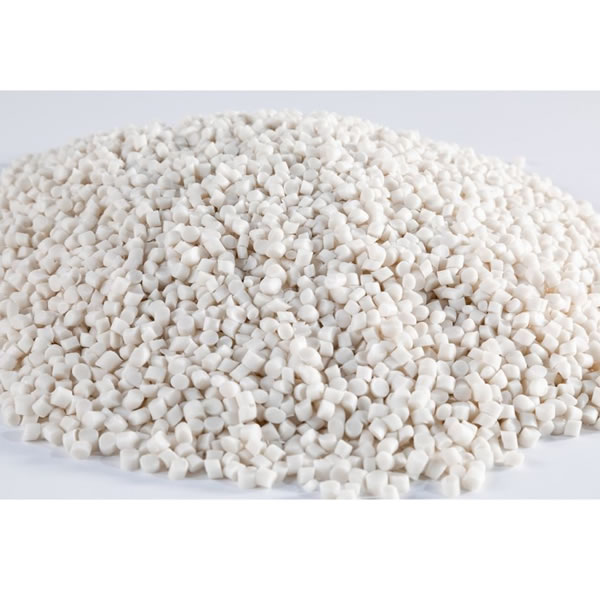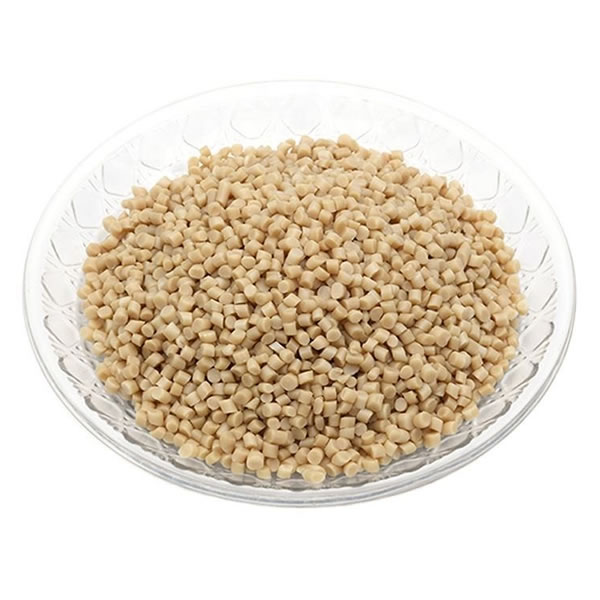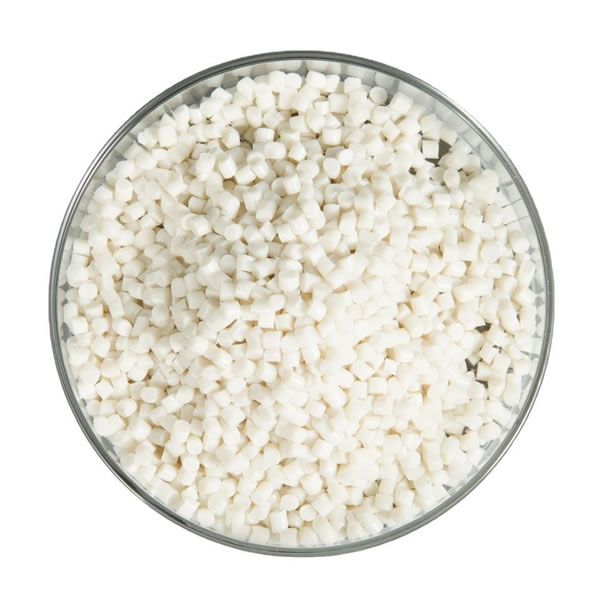The Ultimate Guide to Compostable Packaging Materials
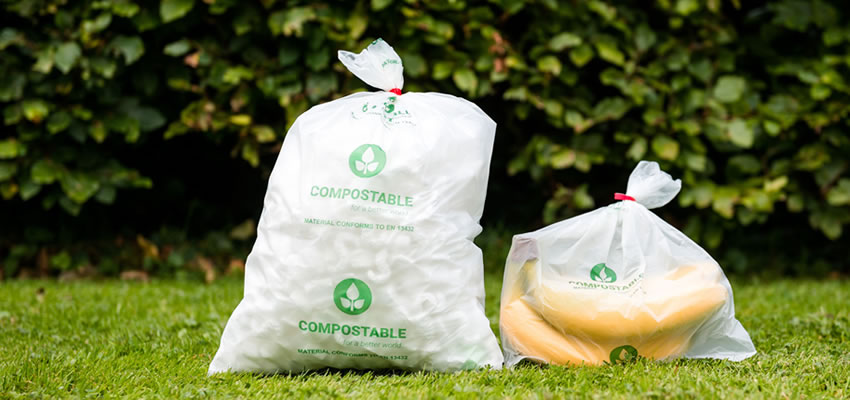
The Ultimate Guide to Compostable Packaging Materials
Ready to use compostable packaging? Here’s everything you need to know about compostable materials and how to teach your customers about end-of-
What are bioplastics?
Bioplastics are plastics that are bio-based (made from a renewable resource, like vegetables), biodegradable (able to break down naturally) or a combination of both. Bioplastics help to reduce our reliance on fossil fuels for plastic production and can be made from corn, soybeans, wood, used cooking oil, algae, sugarcane and more. One of the most commonly used bioplastics in packaging is PLA.
What is PLA?
PLA stands for polylactic acid. PLA is a compostable thermoplastic derived from plant extracts like cornstarch or sugarcane and is carbon-neutral, edible and biodegradable. It’s a more natural alternative to fossil fuels, but it’s also a virgin (new) material that has to be extracted from the environment. PLA disintegrates completely when it breaks down rather than crumbling into harmful micro-plastics.
PLA is made by growing a crop of plants, like corn, and then is broken down into starch, protein and fiber to create PLA. While this is a much less harmful extraction process than traditional plastic, which is created through fossil fuels, this is still resource-intensive and one criticism of PLA is it takes away land and plants that are used to feed people.
Considering using compostable packaging? There are both advantages and drawbacks of using this type of material, so it pays to weigh up the pros and cons for your business.
Pros
Compostable packaging has a smaller carbon footprint than traditional plastic. The bioplastics used in compostable packaging produce significantly fewer greenhouse gasses over their lifetime than traditional fossil-fuel produced plastics. PLA as a bioplastic takes 65% less energy to produce than traditional plastic and generates 68% fewer greenhouse gasses.
Bioplastics and other types of compostable packaging break down extremely fast when compared to traditional plastic, which can take more than 1000 years to decompose. noissue’s Compostable Mailers are TUV Austria certified to break down within 90 days in a commercial compost and 180 days in a home compost.
In terms of circularity, compostable packaging breaks down into nutrient-rich materials that can be used as a fertilizer around the home to improve soil health and strengthen environmental ecosystems.


